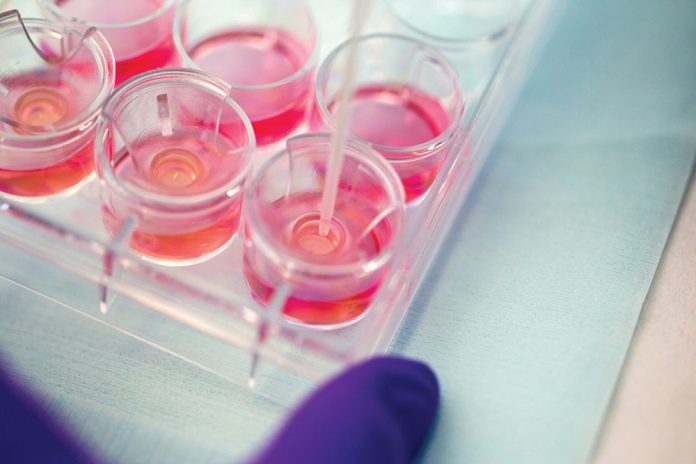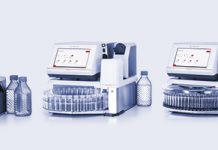That’s why we all take the testing of potentially corrosive substances seriously. In worst case scenarios, inaccurate or unreliable results can lead to chemical users being exposed to real harm, whilst being too risk averse can mean companies spend thousands on unnecessary hazard labelling, specialist storage and delivery.
If you’re confused about how to approach skin corrosion testing for your substance, whether for hazard identification/labelling for regulatory compliance or within the new product development process, XCellR8 is here to help you develop your strategy.
IATA on Skin Irritation and Corrosion
We recommend that you always start by looking at the OECD’s Guidance Document 203: Integrated Approach to Testing and Assessment (IATA) on Skin Irritation and Corrosion, which includes a flow diagram summarising the 3 essential parts of the assessment: review of data, weight-of-evidence analysis and additional testing.
It isn’t always necessary to conduct additional testing, but when it is, it’s important to consider whether you expect your substance to be corrosive / irritant or not, and to adopt the “top-down” or “bottom-up” approach respectively.
How to choose the right skin corrosion test for your needs
Three skin corrosion tests have full regulatory approval:
Reconstructed human epidermis (OECD TG 431)
Membrane barrier (OECD TG 435) known as Corrositex®
Transcutaneous electrical resistance (OECD TG 430)
The following table shows the predictive capacity of the 3 in vitro skin corrosion tests vs the Draize test.
| Sensitivity | Specificity | Accuracy | |
| TG431: RhE | >95% | >90% | >82.5% |
| TG435: Memb. Barrier | 86% | 68% | 81% |
| TG430: TER | 88.1% | 72.4% | 79.4% |
| TG404: Draize | N/A (reference) | N/A (reference) | N/A (reference) |
TG 430 isn’t a true in vitro method as it requires animal sacrifice to provide the rat skin, and in some countries may be considered an in vivo animal experiment due to the shaving, washing and treating steps for 4-6 days prior to sacrifice. As an animal-free lab, we don’t provide this test at XCellR8.
Our recommended approach focuses on choosing either or both TG 431 and TG 435 depending on sub-classification needs and the nature of the test substance. The reconstructed skin model method is suitable for a wide range of substances and formulations and is able to distinguish between corrosive sub-categories 1A vs 1B/C.
The Corrositex® method can sub-categorise 1A, 1B and 1C but is only applicable to substances of very high or low pH (typically excluding pH 4.5-8). If you’re not sure which is the most appropriate strategy for you, we’re always happy to discuss this.
Animal-free methods should be the default
It’s important to note the regulatory expectation for these in vitro tests to be fully utilised for the assessment of skin corrosion. Recently-updated statistics on animal testing, released by the EU*, state “There is a concern with the uses of animals in areas where alternative methods have reached regulatory acceptance (for example in areas of skin irritation/ corrosion, serious eye damage/eye irritation and pyrogenicity testing), which requires further attention by the authorities authorising projects for these use purposes.”
In the UK, more than 110 rabbits are still used in Draize tests annually. Ultimately, we need to ensure adoption of animal-free methods is accompanied by the retirement of old tests, to prevent their unnecessary use and drive uptake of the more human-relevant models that have full OECD approval.
Further reading
The XCellR8 Guide to Skin Corrosion testing is available to download from the Knowledge Hub of our website
www.x-cellr8.com, or you can request a free copy by emailing us at info@x-cellr8.com. It was first presented as a webinar for the Chemical Hazards Communication Society (CHCS) in January 2020 and a recording of the webinar is also available online.
* 2019 report on the statistics on the use of animals for scientific purposes in the Member States of the European Union in 2015-2017









